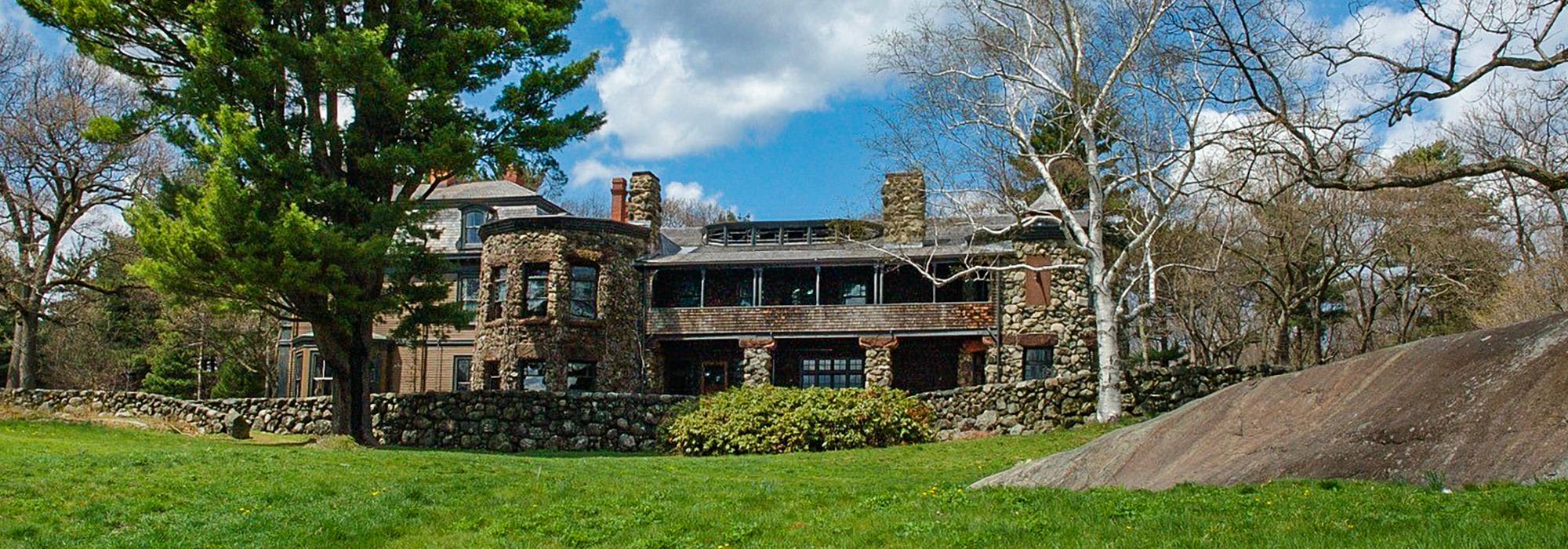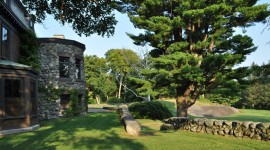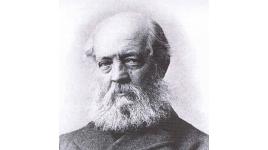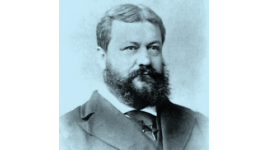Olmsted’s Stonehurst Eyed for Development
Located on a rise amid rolling meadows and glaciated wilderness in Waltham, Massachusetts, the Robert Treat Paine Estate, also known as “Stonehurst,” is a National Historic Landmark. The 109-acre property, whose house and grounds were the result of an intimate collaboration between Frederick Law Olmsted, Sr., and architect H.H. Richardson, is owned by the City of Waltham and attracts over ten thousand visitors from across the nation each year. In January 2018, the City announced a plan to take at least thirteen acres of pristine forest and protected conservation land from the property to create a campus for a new high school.
History
In 1866 Robert Treat Paine and his wife, Lydia Lyman Paine, built a summer home ten miles west of Boston in Waltham, Massachusetts. The Paines built just north of “The Vale,” a 400-acre estate established in the 1790s by Mrs. Paine’s grandfather Theodore Lyman, whose immense success in the shipping business had secured the family’s fortune. In September 1881 Mrs. Paine inherited a sizeable portion of The Vale, and within a few years, she and her husband began to expand their summer residence.
The planning for the new home and grounds that would become known as Stonehurst began in 1883. Olmsted and Richardson, who were neighbors and close friends, collaborated on the project from its inception. Olmsted conducted a topographical survey of the site, and by the Fall of 1884, the Paines’ original summer home had been moved approximately 1,000 feet west, where it would be joined with a grand Shingle Style addition designed by Richardson atop the rocky ridge. The country estate, whose façade of shingles and boulders is contrasted with its open, grand interior, was largely complete by the time of Richardson’s death on April 12, 1886.
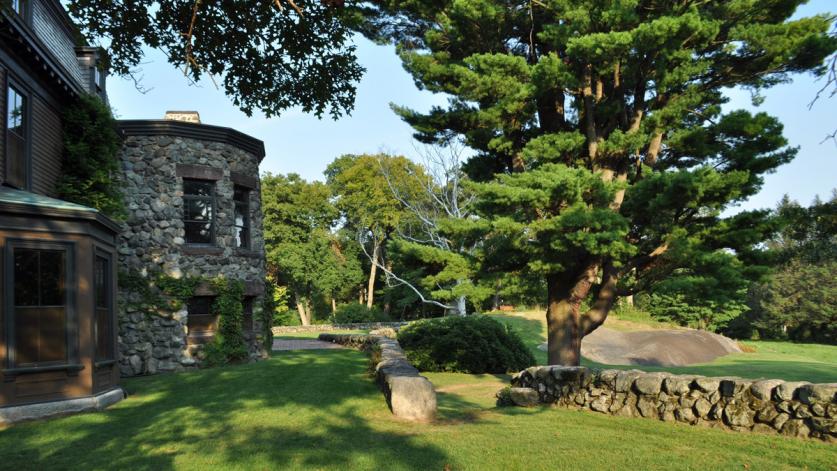
Winding drives and paths lined with oak, chestnut, pine, azalea, rhododendron, and mountain laurel create a dramatic approach to the iconic Shingle Style house, which is hidden from the surrounding streets. The grounds are a combination of rolling meadows and glacial forest pierced by several trails. A prominent feature of the property is the elevated, curvilinear southern terrace designed by Olmsted. This sinuous and ground-hugging wall of glacial boulders unifies the house and the surrounding landscape, its rock outcrops seeming to meld with the architecture. The terrace also exemplifies the close working relationship between Richardson and Olmsted, who had already collaborated on a house for Olmsted’s son-in-law John Bryant at Cohasset, Massachusetts (1880) and on the Ames Gate Lodge in North Easton, Massachusetts (1880). As Stonehurst was being built, the two men were also working together at Franklin Park, in Boston, which also featured a shelter and its elevated terrace built of boulders placed at the edge of the “Wilderness” overlooking a broad, open field below. Of his terrace in Waltham, Olmsted wrote, “I have never done any of the kind that I liked as much.”
Stonehurst is widely regarded as a rare masterpiece of two luminaries working at the pinnacle of their professions. As architectural historian Margaret Henderson Floyd wrote, “This exchange of ideas and theories between architect and landscape designer resulted in houses so intimately connected with their sites that they seem to become one complete vision, merging the shingle style with the geological images.”
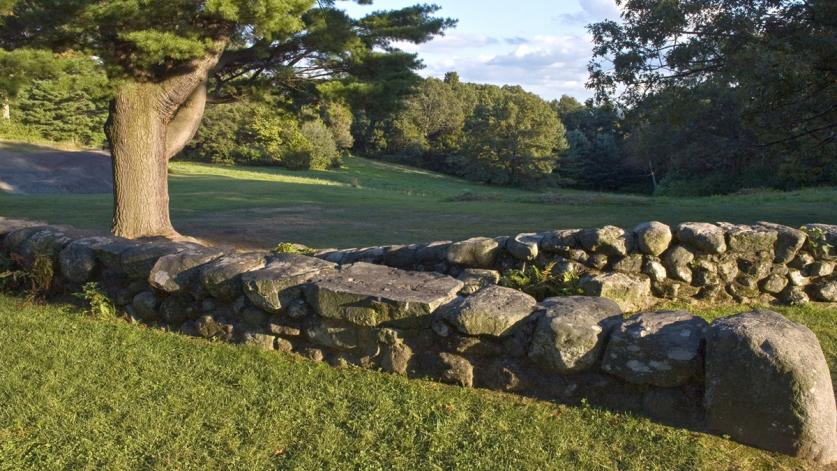
Olmsted's legacy at Stonehurst includes more than the formal landscape and his original design of the site. He instructed Robert Paine on how to care for the estate, giving him “lessons in forestry” on the property’s northern woodlots. Notably, this was about the same time that Olmsted was experimenting with new concepts in forestry at Moraine Farm in Beverly, Massachusetts, anticipating his efforts to establish the first fully conceived forestry program in the United States at the Biltmore Estate in North Carolina. Moreover, Olmsted's first apprentice, Charles Eliot, whose father was Mrs. Paine’s first cousin, made subsequent improvements to the drive at Stonehurst. And in November 1886, John Charles Olmsted, the senior Olmsted’s nephew and stepson, wrote to Paine about the prospect of transplanting trees from nurseries to the property, advising him that “trees by the thousands for forest planning can be bought cheaper out west than here.”
Robert Treat Paine lived at Stonehurst until his death in 1910. He and his wife became nationally recognized for their efforts to secure better housing and education for workers during the Gilded Age, a time marked by great disparities in income and opportunity. Stonehurst remained in the Paine family for nearly 65 years and was preserved virtually intact. In 1974 Theodore Lyman Storer, a grandson of Robert Treat Paine, donated the house and grounds to the City of Waltham for the public good and with restrictions to maintain the land "in a predominantly natural, scenic, green and open condition forever." The entirety of the estate was designated a National Historic Landmark in 1989 and is the only residential collaboration by Olmsted and Richardson that is open to the public. And yet the wilderness surrounding Stonehurst, so central to the site’s identity and an important aspect of its history, is now at risk of being developed.
Threat
In January 2018, the Paine Estate's current owner, the City of Waltham, publicly announced a plan to take at least thirteen acres of pristine forest and protected conservation land from the property to create a campus for a new high school. As much as twelve additional acres (for a total of 25 acres) could be taken from an adjacent 25.5-acre parcel that was historically a part of the estate but is not afforded the same level of historical and environmental protections as the NHL-designated parcel.
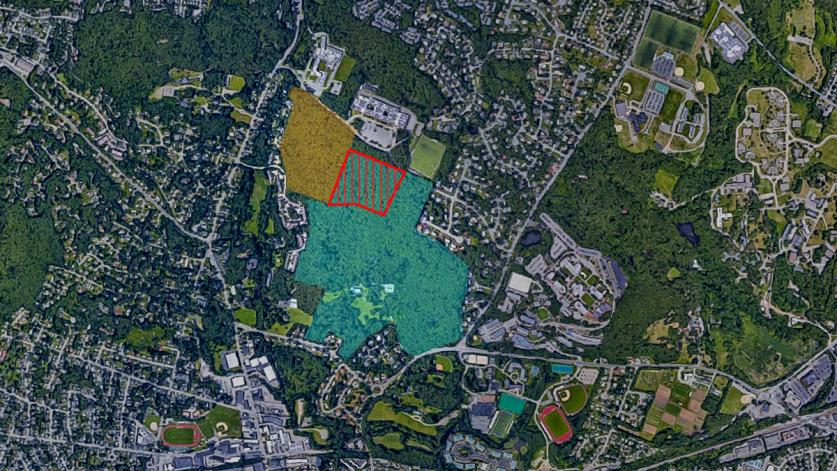
The School Committee is already two years into the planning process for the new school and, until just a few months ago, had focused on three other sites, one of which is the current high school site adjacent to the Paine Estate. Having reached a stalemate on the preferred choice, the chair of the School Committee (who is also the mayor) suddenly unveiled an entirely new plan to take acreage from the Paine Estate as the second of only two options. On February 7, 2018, the School Committee voted in favor of pursuing two options simultaneously: (1) their top choice, a developed, hilltop site nearby; and (2) an alternative option, which they describe as the "augmented" current high school site, now conceived to include more than thirteen acres of Stonehurst. While building a new high school is an important priority for the community, taking land from a treasured local and national resource to do so is both short-sighted and unnecessary. The proposal may reach the City Council in the coming weeks.
What You Can Do to Help
The Friends of Stonehurst, a 501(c)(3) organization also known as the Robert Treat Paine Historical Trust, was formed in 1991 to assist the City of Waltham in its stewardship of the estate. As a response to the impending threat, the Friends helped found the Coalition to Preserve Paine Estate Woods, which is quickly mobilizing. The Coalition currently includes the Friends of Stonehurst, the Waltham Land Trust, and hundreds of concerned citizens.
Sign a petition declaring the importance of protecting Stonehurst for future generations, and visit the Friends of Stonehurst website for more information and updates about the advocacy campaign.



